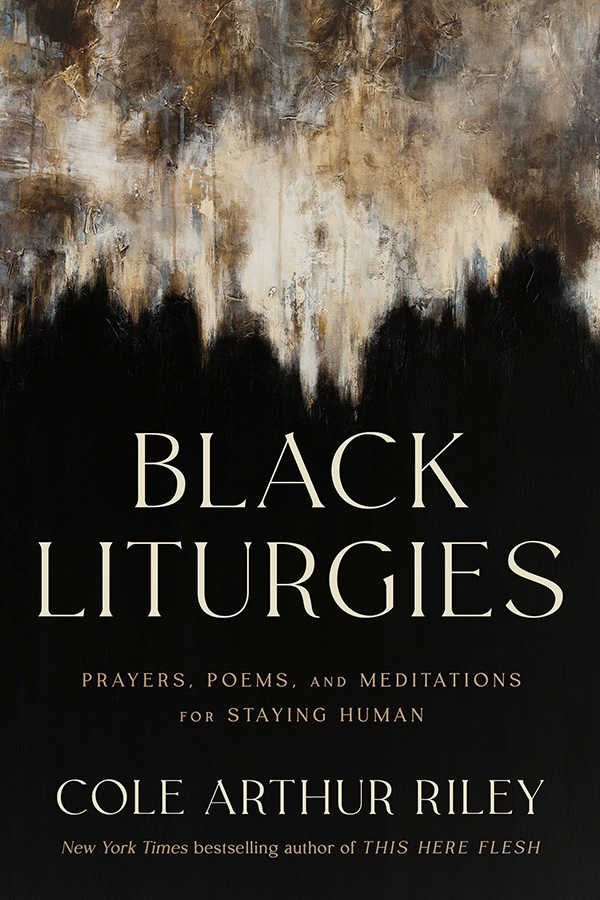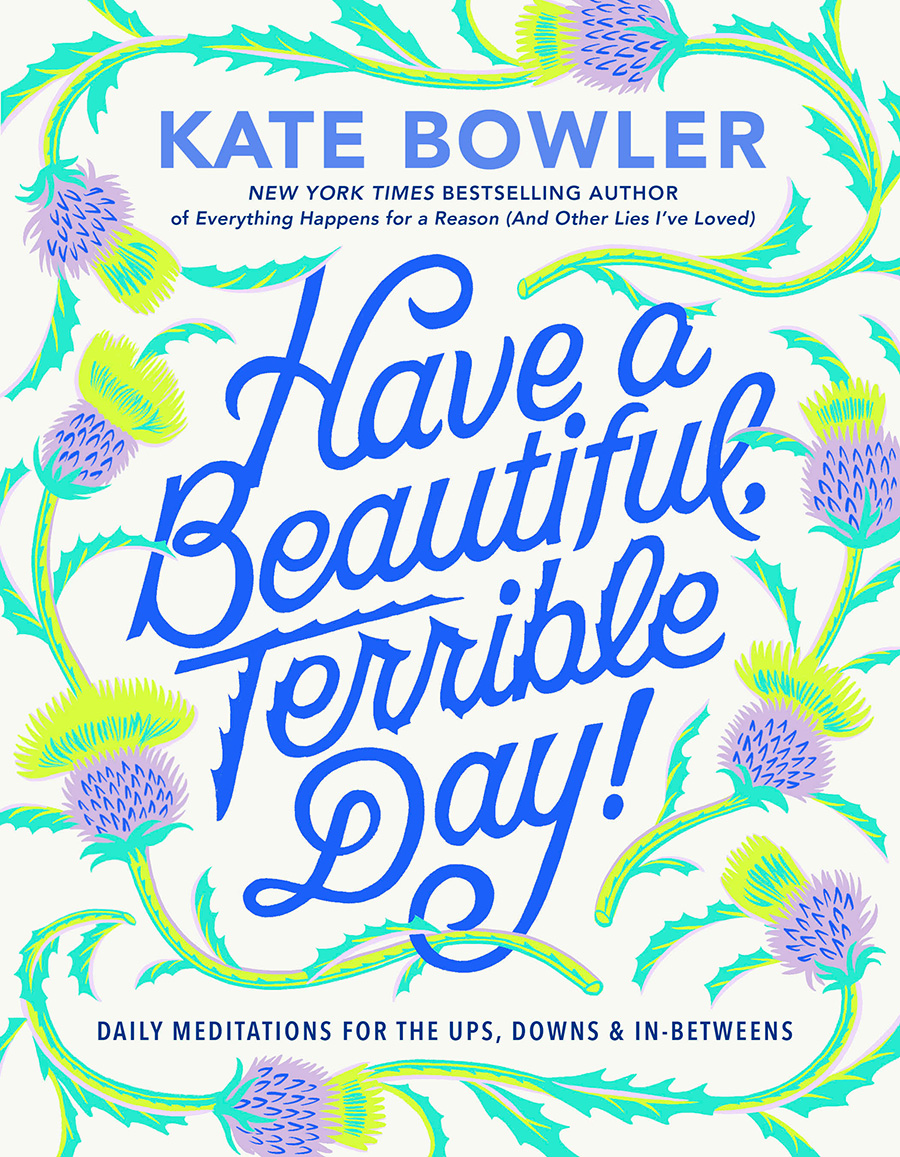I’m a big fan of zombie movies. There is something about the revivified physical body of the dead that hints, however obliquely, at the resurrection of the body. Plus it’s a great metaphor. The B movie “Snow Dead” featured a Nazi colonel shouting “Arise!” and an entire battalion of undead stormtroopers rising to his challenge. In our popular culture the damn Nazis just won’t stay dead.
But institutions as zombies?!
I admire Andrew Root’s work, and you can see from the excerpt of his new book here what a talented young writer and theologian he is. But he is dead wrong about institutions: “They are still moving and breathing, but they have become more haunting than helpful because they are more dead than alive.” His great example is the insurance company. There was a day when the community would have cared for his widow and orphans if he were to die and leave them on their own, but today that role is taken over by an institution: the insurance company. “What zombie institutions do . . . is infect all of our places of belonging, striking them with the scent of death.”
Actually what infects all of our places of belonging with the scent of death is . . . sin. There was never a happy day when the village gathered to offer family to those suddenly without, for people were self-obsessed sinners in pre-modernity just as much as in modernity. And we are not without resources now for caring for those left behind. Indeed some of the most moving accounts I’ve heard of a community stepping in for a lost loved one have been in cases where the family, for whatever reason, lacked life insurance.
Institutions at their best exist to stick their thumb into the eye of death, to call a pause to all of our march toward the grave, to do, in the slogan of the Carnegie Foundation, “Real and permanent good.” There can be hubris, even idolatry in this, no doubt. But notice how much the slogan has right. Institutions attempt not just to offer single, one-time acts of charity, but to bring about lasting good that benefits communities. They seek not to offer idealistic mantras or slogans, but to improve others’ lives materially.
I got to meet Mary Duke Biddle Trent Semans recently, the daughter of Benjamin N. Duke and niece of James B. Duke, whose Duke Endowment has given away some $2.5 billion since it was founded in the 1920’s. All three of my degrees are from schools that have benefitted from the Endowment. As I shook her hand I thought, “Every good thing in my adult life has come, at least in part, from your family.” This doesn’t make her a saint or holy person or anything other than a sinner in need of grace, like the rest of us. But it does mean that her family chose not just to enjoy its largesse, but to give it away in a way that maximized its character as a gift to the most people possible. It’s not just that I met my spouse or made great friends at those institutions, as Root suggests (though I did those things too). It’s that I learned how to think, to play, to worship, to network, to respond to adversity and triumph, and to live at those places.
David Steinmetz told me once he was at a dinner with a colleague who was running down religion in the vein of the “new atheists.” This man may not have known Steinmetz is a theologian, but clearly, as is the case with all such fundamentalist pontificators, he didn’t care who was listening or not. Steinmetz interrupted, as only someone with his gruffness and wisdom could do: “The Roman Catholic Church is the largest provider of health care to poor people on this planet.” What could the man say?!
That may not satisfy those, like Root, worried about zombie institutions. Institutions can certainly turn into lifeless bureaucracies that yawn as they hurt people. But they need not. In fact those that have blessed me, and I’d wager Root too, have been more like the body of Christ, pulsing with the life of God, than they’ve been like the ghoulish undead. For the relish with which Root writes well against institutions is, itself, a tribute to the institutions that taught him to write, think and care.








